Thi Nai Lagoon - a famous ecological area in Binh Dinh with an area of 5060ha, receives water from two river systems Kon and Ha Thanh. Located at the transition between the marine and terrestrial environments, Thi Nai Lagoon has a distribution of mangrove forests, large seagrass beds, creating habitats, feeding grounds, spawning grounds and larval nurseries of many valuable aquatic species and has very high biodiversity. The ecosystem in the lagoon is quite rich and diverse with 119 species of fish, 14 species of shrimp and dozens of other valuable aquatic species.
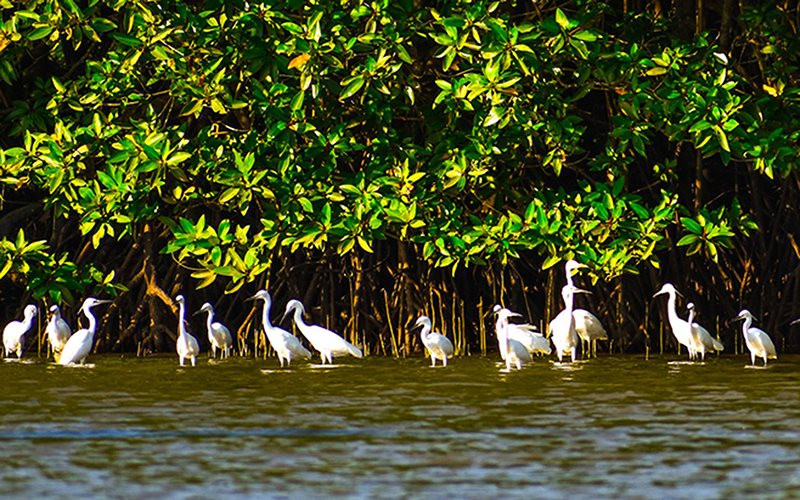
Located in the middle of a vast lagoon with vast mangrove forests is the 480ha Con Chim ecological area. Above the mangrove canopy is a habitat for a population of endemic bird species, storks and seasonal migratory birds... This place is considered the "green lung" of Tuy Phuoc district and Quy Nhon city.
A particularly interesting feature nestled amidst the lush green surroundings of the eco-zone is the “oasis” Con Chim. Con Chim Hamlet is located in Vinh Quang 2 village, Phuoc Son commune, Tuy Phuoc district. The hamlet is home to 230 households with 1,130 fishermen whose livelihoods are entirely dependent on Thi Nai lagoon for their fishing and aquaculture activities.
In a place where nature has favored people so freely, the ecological environment should be strictly protected. Unfortunately, during a survey trip to Thi Nai lagoon last July, when the boat just docked at Con Chim hamlet, what caught our eyes was a garbage dump with all kinds of plastic bags, plastic bags, foam boxes... and dead fish floating on the water surface. Just looking at it with an aesthetic eye was already unpleasant, not to mention environmental pollution and the impact on aquatic resources. The man we met was trying to scoop the dead fish and garbage out of the pond. He is Nguyen Thai Hoang, who has a comprehensive extensive shrimp, fish, and crab pond with an area of 3.2 hectares. Mr. Hoang shared that in the past 5 years, the aquaculture activities of the people in Thi Nai lagoon have been very unstable due to frequent epidemics, possibly caused by water pollution.
We discussed our concerns about garbage with the village chief of Con Chim hamlet, Ho Van Nhan. He said: “The domestic waste of the people on Con is currently not collected and treated and is often thrown into the lagoon. In addition, the waste is discharged by residents in the communes along the lagoon. When the water is high or low, the waste follows the flow and wind direction into the open areas on Con Chim. The district and provincial leaders have requested to thoroughly treat the waste in Con Chim, but the deadlock is: there needs to be an open space to collect the waste in the hamlet, then process it by burning or bringing it to the mainland. With the current amount of waste in Con Chim hamlet, it needs to be collected at least 3 times a week, while the road to Con Chim hamlet is narrow and there is no spacious garbage collection area. In addition, the cost of collecting and transferring the waste by boat to the mainland for treatment is also quite high.”
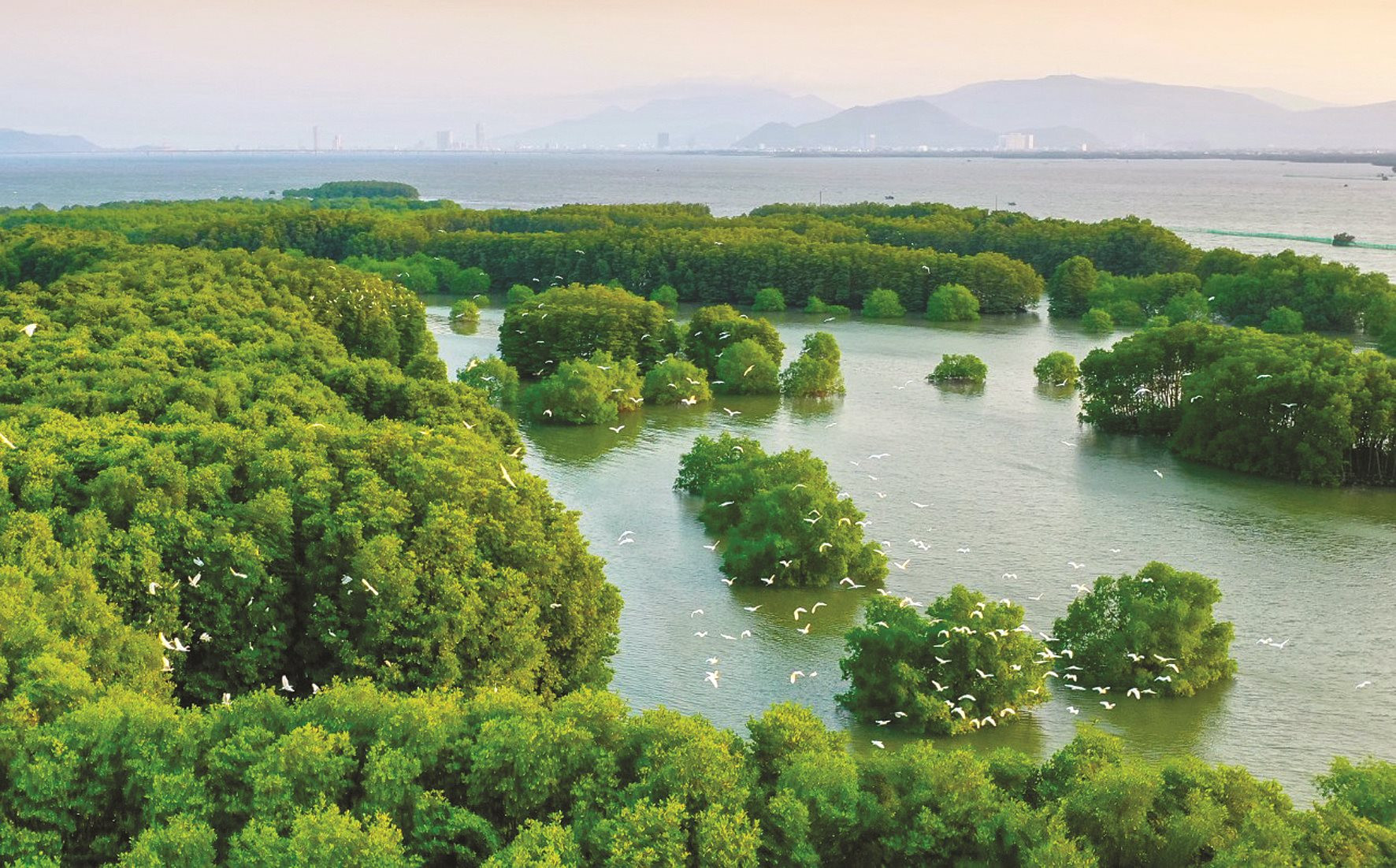
More than 30 years ago, the natural mangrove forest in Thi Nai lagoon covered nearly 500 hectares, but the limited demand for livelihoods reduced the forest to 50 hectares in 2005. People mercilessly cut down the forest to build shrimp ponds, changing the lagoon ecosystem, losing biodiversity, leading to a significant reduction in the number of birds living in the forest. Recently, Binh Dinh province has implemented a project to exploit and use the Con Chim area reasonably, planting 80 hectares of concentrated mangrove forests, and planting scattered around 500 - 600 hectares of shrimp ponds. Destroying is easy but planting is difficult. The environmental consequences of such brutal intervention in nature are a lesson that each of us needs to remember, a principle that we must keep in mind: creating a livelihood must be in harmony with nature.
Returning to the difficult problem of waste in Con Chim, in my opinion, the treatment of domestic waste in Con Chim is not too difficult if the local government and the fishing community in Con Chim are really determined. The immediate goal is to stop the situation of domestic waste in Con Chim being dumped into Thi Nai lagoon. There is no landfill here, and burning it will cause pollution. Con Chim is only about 500m from the mainland (Vinh Quang 2 wharf), so transporting waste to the mainland for treatment is the optimal solution.
However, the problem is to minimize the amount of household waste generated, therefore, Con Chim residents can learn from the zero-waste approach model that many places have successfully implemented such as Cu Lao Cham ( Quang Nam ), Con Son (Can Tho)... Effective waste treatment methods that can be applied are waste classification at the source, recycling (collecting scrap metal...); reuse (making compost, dishwashing liquid for food waste, organic waste); pressing into small lumps/cakes for waste that is difficult to decompose.
The garbage collection location is not too large, about 20 - 30m2 (can be pumped with sand, expanded to create a flat surface), there is a separate area to collect recyclable waste, hard-to-decompose waste, and hazardous waste. This amount of waste can be collected once a week. Regarding the garbage collection team, about 2 local workers with 2 small garbage trucks are needed to move and collect in the alleys in the hamlet (10 garbage bins will be placed in the alleys). Regarding the garbage transfer vehicle, the locality needs to invest in a garbage transport boat. According to my research, if we buy an old wooden boat now, the price will not exceed 25 million but the quality is quite good. Thus, the total initial equipment investment cost for 2 small garbage collection vehicles, 10 garbage bins and a garbage transfer boat will not exceed 60 million VND. Households in Con Chim hamlet are responsible for paying for garbage collection. That money will be used to pay for 3 workers to collect and transfer garbage in Con Chim hamlet. The remaining amount will be covered by the local budget.
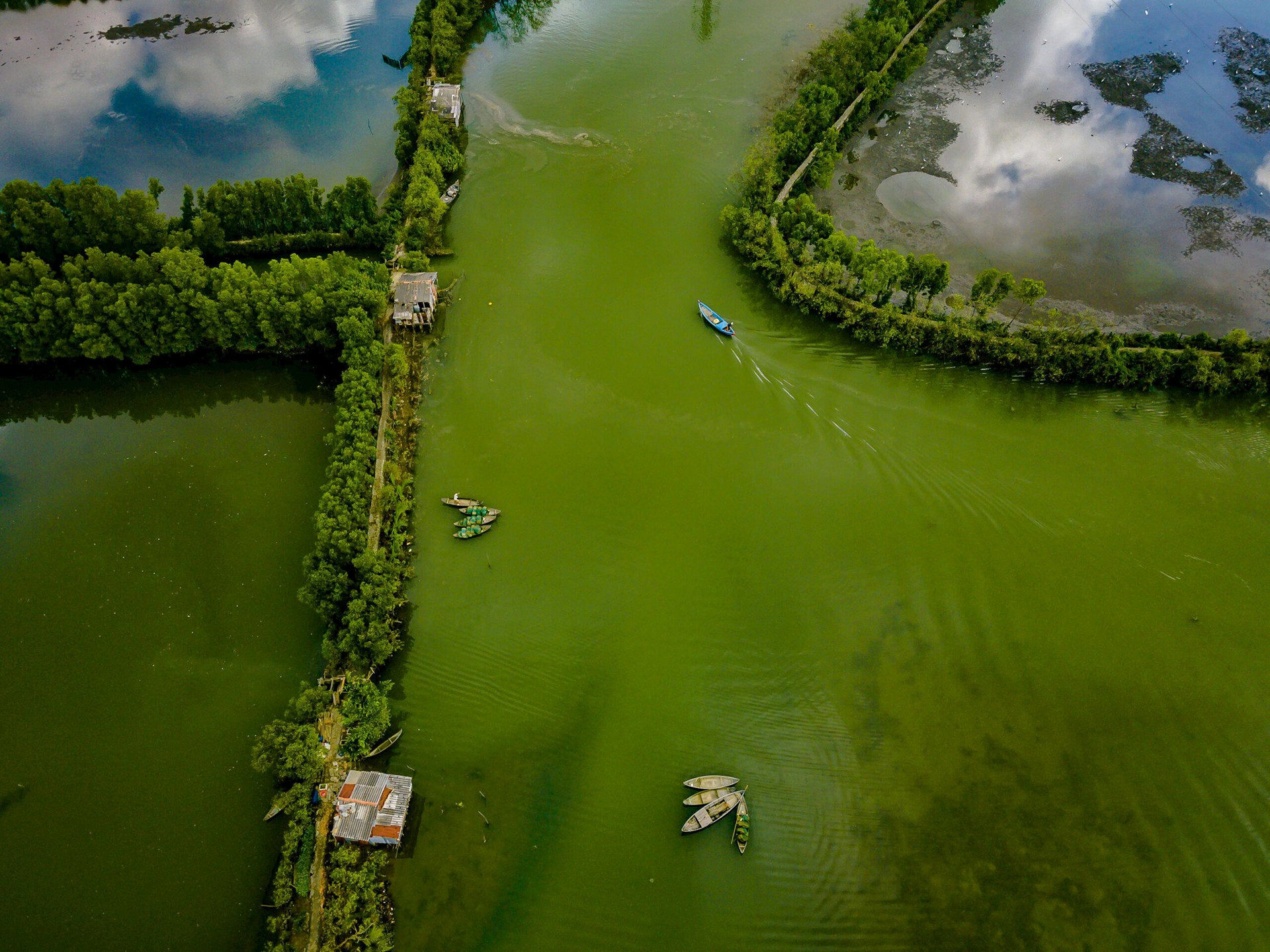
In addition, the central and long-term goal that needs to be focused on by the locality is to change the local governance mindset, promote the "internal strength" of the fishing community in Con Chim hamlet. Promote propaganda to raise public awareness along with issuing local regulations to reduce waste, especially plastic waste, and move towards saying no to the use of single-use plastic products; Raise public awareness to join hands to protect mangrove forests and the environment, thereby promoting the community tourism economy , green accommodation, sightseeing tours, bird watching, near-shore fishing, bivalve mollusk farming, environmentally friendly integrated aquaculture, to increase income for local people, gradually eliminate types of fishing that harm the lagoon ecosystem, and develop sustainable livelihoods. It can be said that Con Chim is a vast green forest with rich aquatic resources or "Con Rac" is polluted and diseased, all depends on the choice of the people on the "oasis".
The story of Con Chim is a typical example of the current situation of plastic waste dumping into the ocean in Vietnam. According to statistics, 80% of Vietnam's marine waste comes from activities on land. Every year, Vietnam discharges 1.8 million tons of plastic into the environment, of which about 730,000 tons are discharged into the ocean, ranking 4th in the world in terms of plastic waste dumping into the environment. Usually, people do not think about the consequences of their actions until the storm and flood season, when people in coastal areas in provinces and cities across the country have to face the situation of living with open dumps of foul-smelling, polluted waste and the potential risk of disease due to waste from everywhere being washed ashore by the waves.
In the Quy Nhon Bay area, community organizations are working day and night to protect the environment and coral reef ecosystem. Community-based models of natural resource management and environmental protection need to be widely deployed, not only in Binh Dinh but also nationwide.
Ai Trinh - Address: Binh Dinh Fisheries Sub-Department, 110 Tran Hung Dao, Quy Nhon City, Binh Dinh
Source


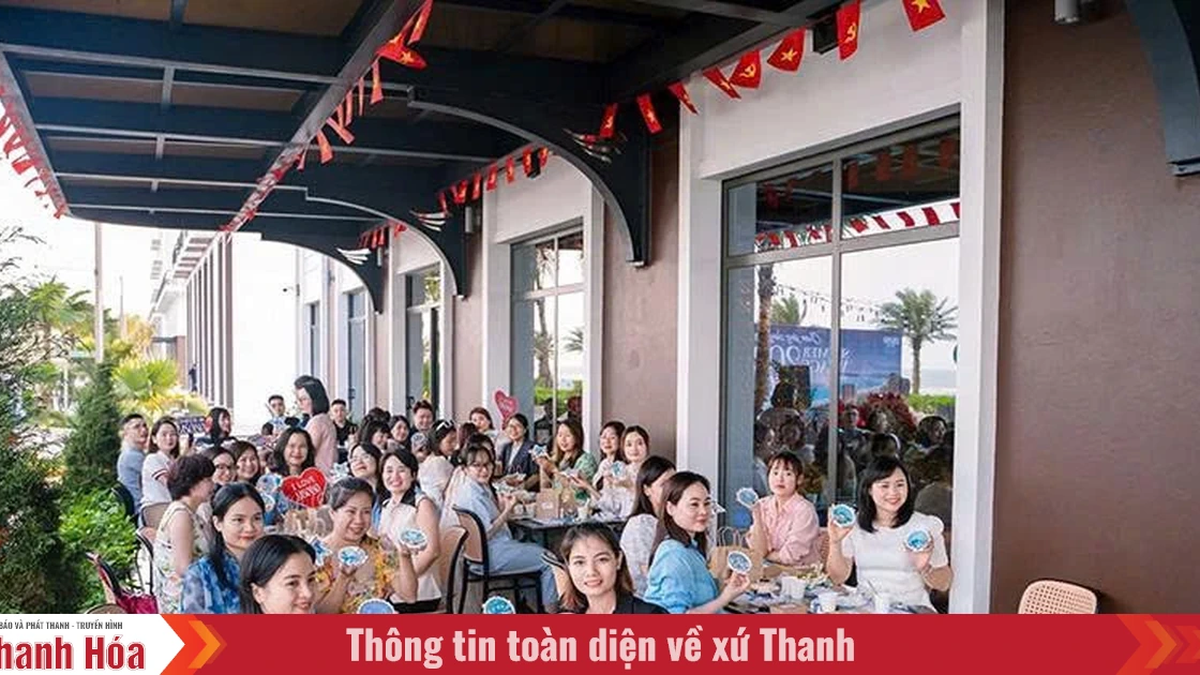
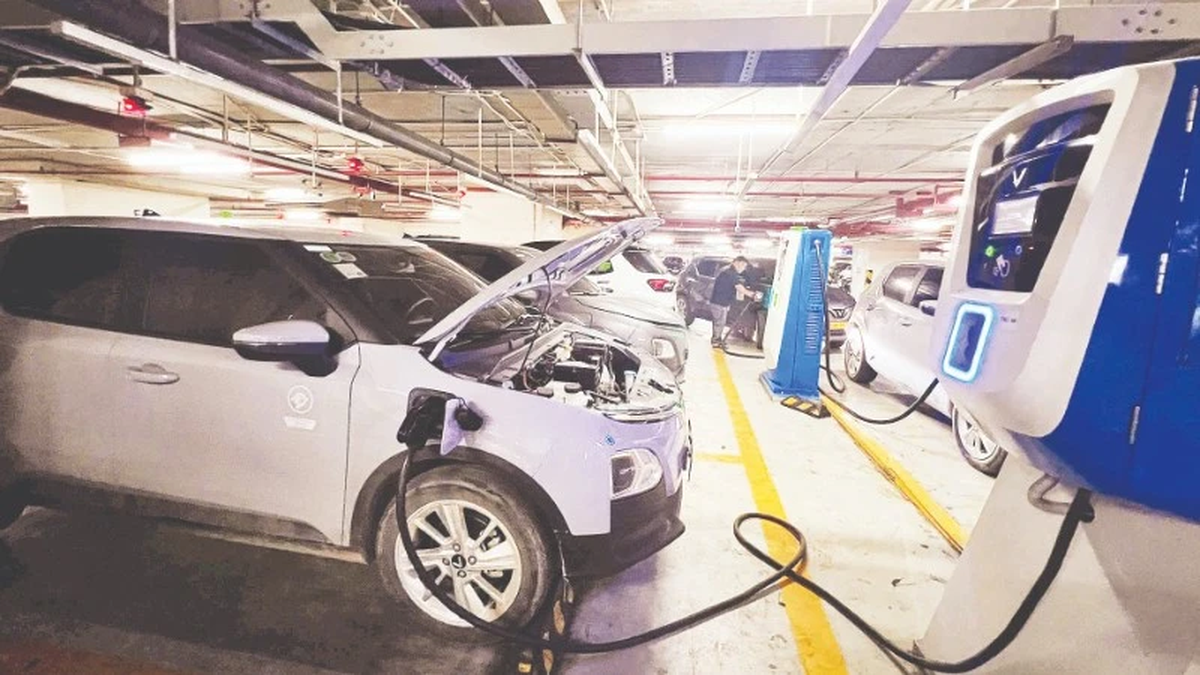
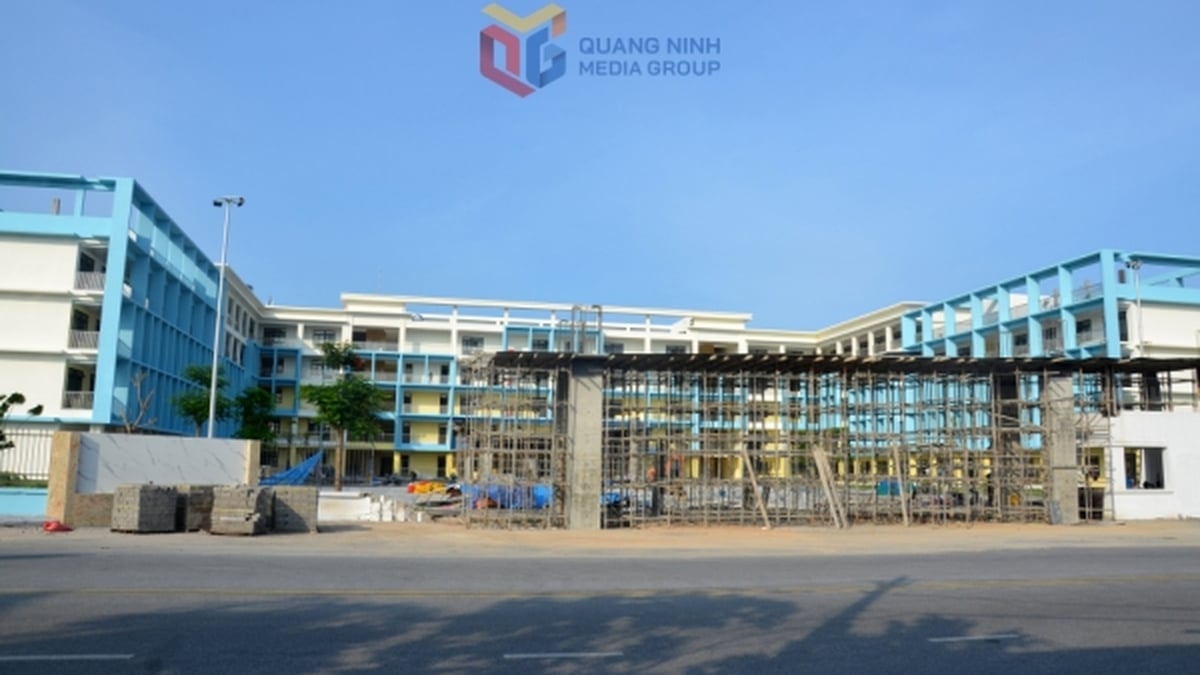
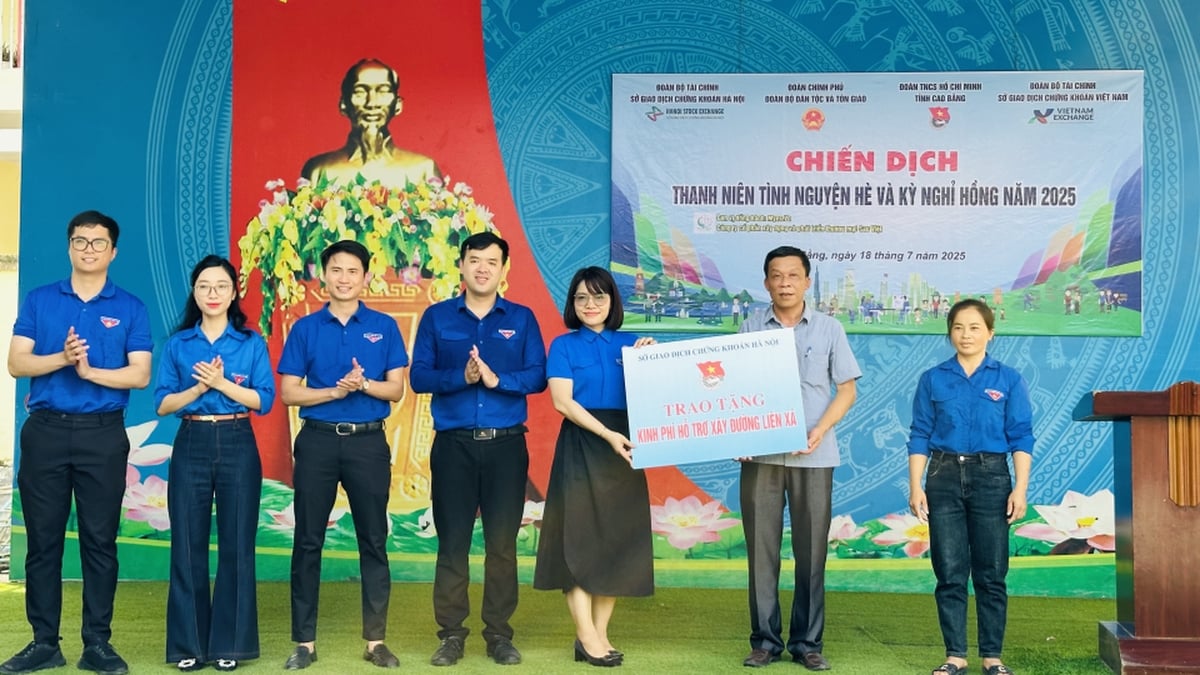
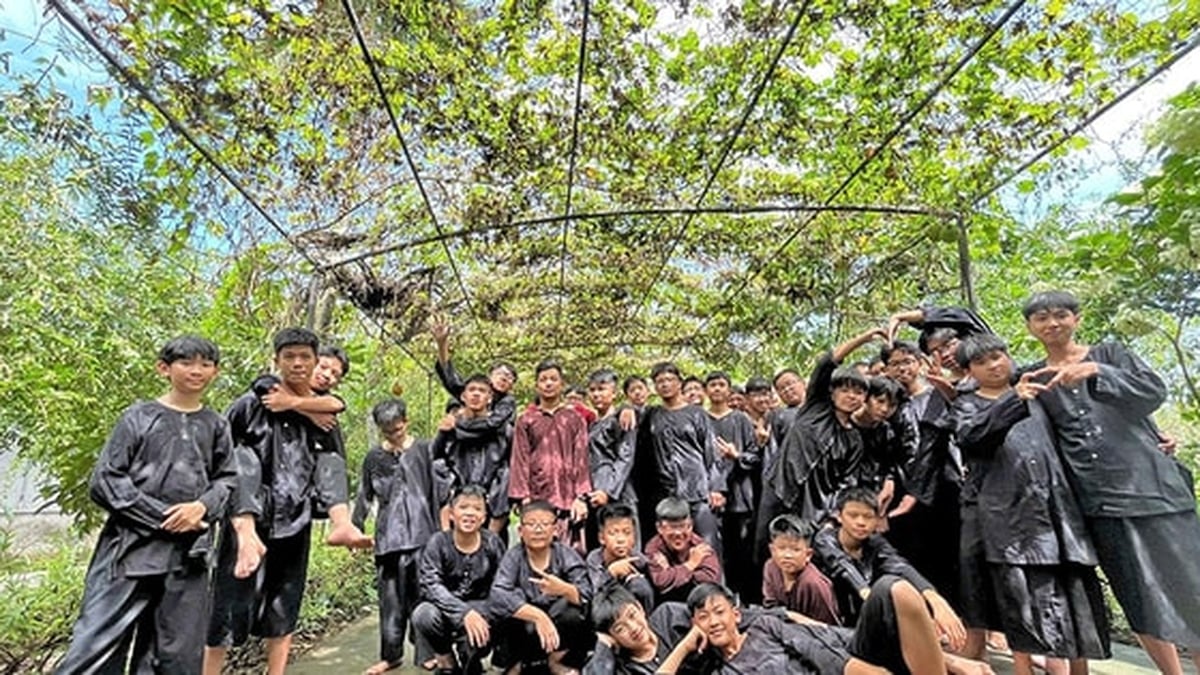

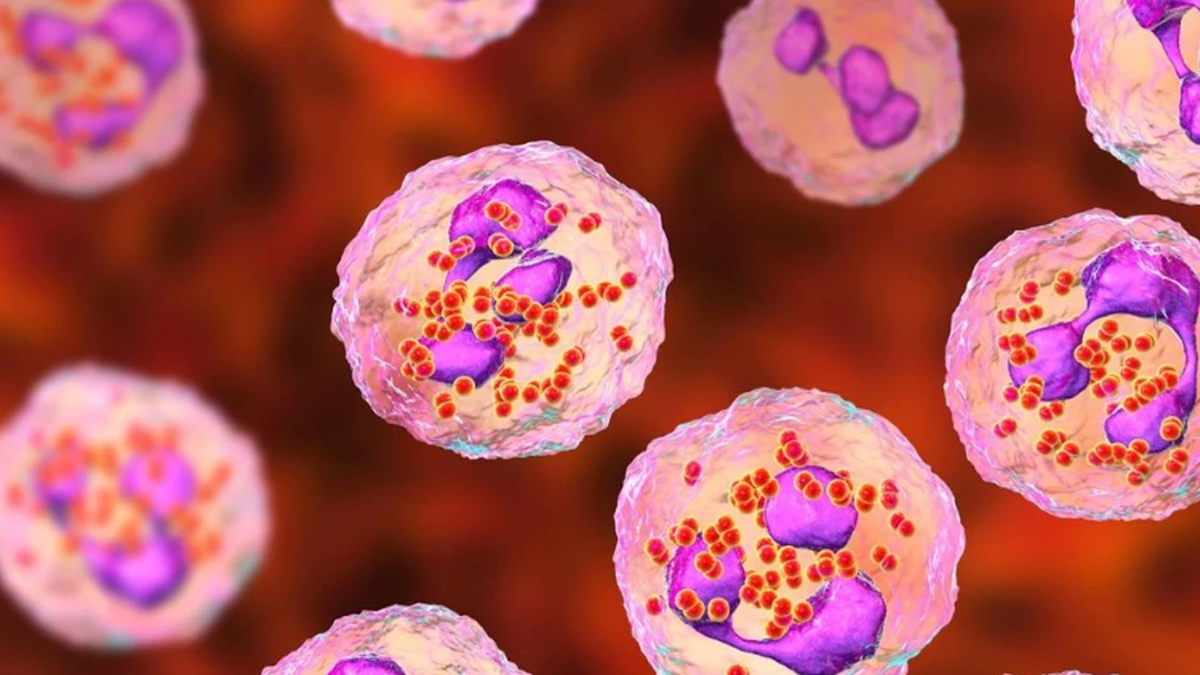
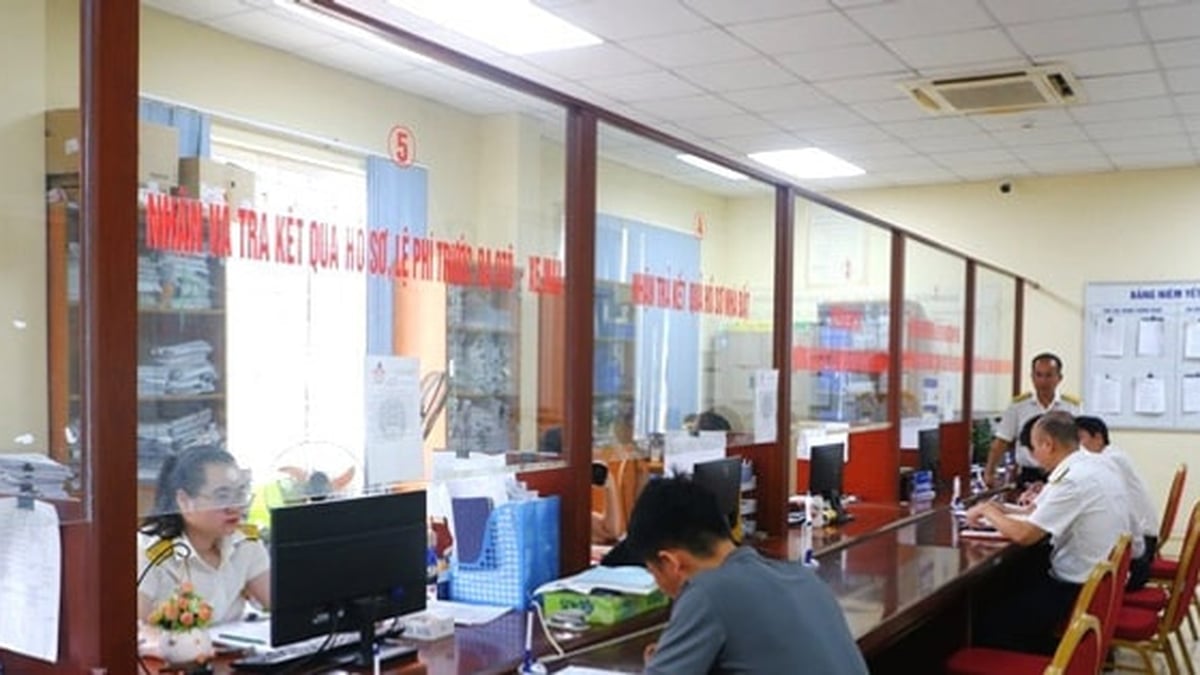

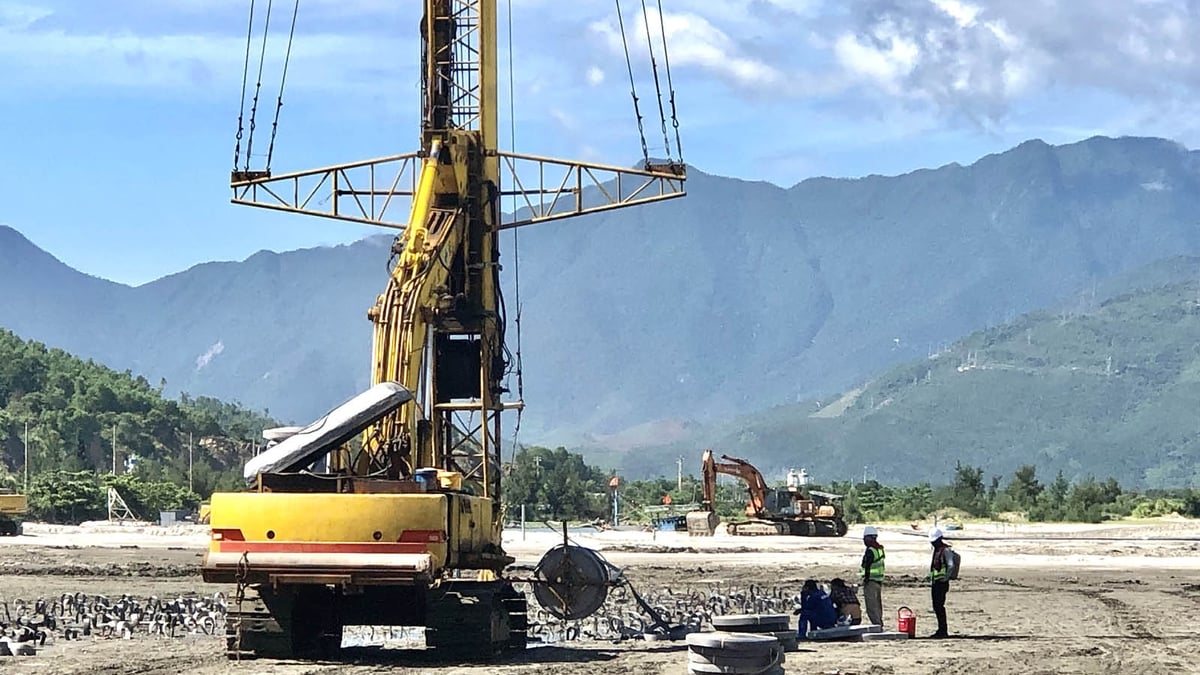


















































































![[Infographic] In 2025, 47 products will achieve national OCOP](https://vphoto.vietnam.vn/thumb/402x226/vietnam/resource/IMAGE/2025/7/16/5d672398b0744db3ab920e05db8e5b7d)





Comment (0)